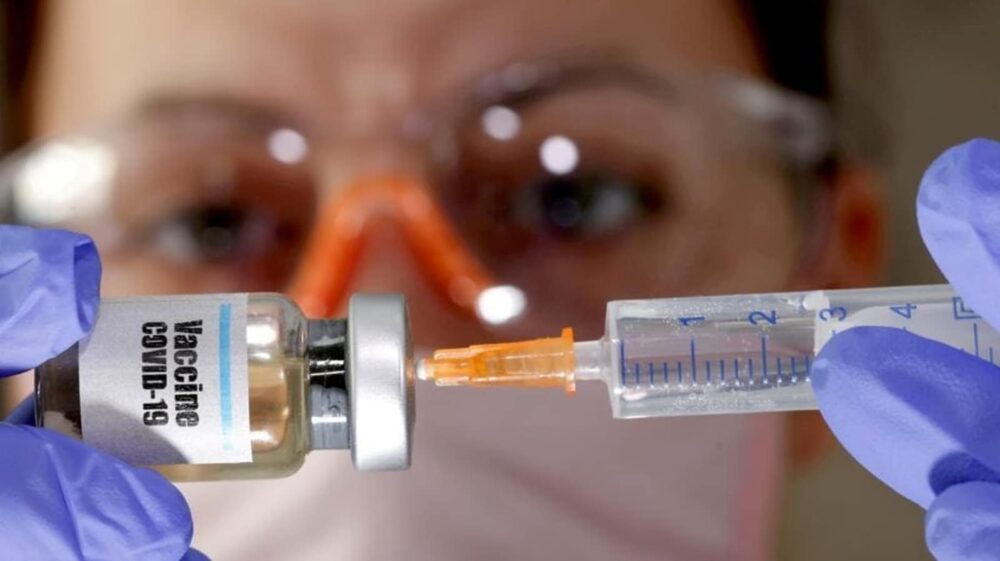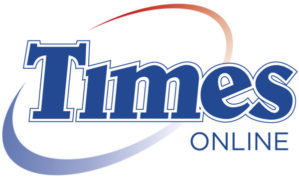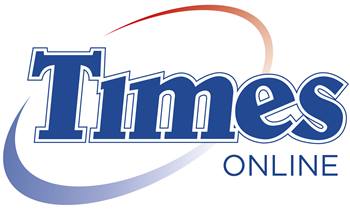
Further increases in cases and hospitalisations are a reminder of the things we can do to slow the spread of Omicron.
Getting vaccinated greatly reduces the chances you will get severely ill and require hospital care if you get COVID-19. Boosters offer a high level of protection against Omicron, so if it has been three months or more since your second dose of the vaccine, please get your booster.
Yesterday, there were 17,963 booster doses administered.
If you’re out and about, remember to wear a mask. Masks reduce the risk of a person both catching and spreading the virus.
Rapid Antigen Test update
We’ve seen strong uptake of Rapid Antigen Tests (RATs) by people with symptoms or who are household contacts, by organisations that provide critical services, and across the health system to support delivering care safely.
As announced this morning, if you are symptomatic or a household contact, you can now order RATs through the newly launched RAT requester site. You, or someone of your behalf, can collect your RAT order from a collection site listed on Healthpoint. Please only go to those sites that are listed as collection sites.
People can still access free RATs without an order via Community Testing Centres, but only for an eligible individual. RATs are also available for purchase in some retail stores now for people who are not unwell or household contacts but want a RAT for other reasons, such as for international travelling or for reassurance ahead of visiting vulnerable people.
Yesterday, 3.6 million RATs arrived in the country, with 101 million confirmed for delivery this month. Another 3.5m RATs are being sent out to DHBs today, and yesterday 1.3m were sent out to Primary Health Organisation, which should be received for distribution to GPs over the weekend. GPs use RATs as part of the clinical consultation with patients and are not a general collection site.
There are now 169 collection sites, 109 testing centres, and 26 providers supporting our priority population groups nationwide. And with the addition of participating pharmacies and GPs, there are now more than 500 access points for RATs, with the aim or reaching more than 1000.
The Ministry wants to reassure people that we have enough RATs to help New Zealand through a widespread Omicron outbreak in the coming months. So, while we are anticipating continued high demand, our request is to, please, be patient. Do not order or request RATs from testing centre or collections sites unless you are unwell or a household contact. You can purchase RATs from a retailer if you are well but still want a RAT. Our frontline staff across the health sector are doing the best they can to help in a timely way.
We also want to reiterate our thanks to Covid-19 testing staff for their part in New Zealand’s defence against the virus.
Death of a person in Bay of Plenty
Sadly, a person has passed away in a Bay of Plenty rest home. The person died of an unrelated medical condition while receiving palliative care and had tested positive for Covid-19.
Covid-19 vaccine update
Vaccinations administered in New Zealand
- Vaccines administered to date: 4,020,465 first doses; 3,961,868 second doses; 33,614 third primary doses; 2,408,790 booster doses: 244,626 paediatric first doses and 3,988 paediatric second doses
- Vaccines administered yesterday: 391 first doses; 869 second doses; 94 third primary doses; 17,963 booster doses; 1391 paediatric first doses and 248 paediatric second doses
People vaccinated (including those vaccinated overseas)*
- All Ethnicities (percentage of eligible people aged 12+): 4,064,719 first dose (96.6%); 4,004,349 second dose (95.1%), 2,410,425 boosted (72% of those eligible)
- Māori (percentage of eligible people aged 12+): 519,652 first dose (91%); 499,474 second dose (87.5%), 206,327 boosted (60.3% of those eligible)
- Pacific Peoples (percentage of eligible people aged 12+): 280,956 first dose (98%); 274,971 second dose (95.9%), 123,883 boosted (58.8% of those eligible)
- 5 to 11-year-olds all ethnicities: 244,508 first dose (51.3%); 3,960 second dose (0.8%)
- 5 to 11-year-olds – Māori: 36,528 first dose (31.6%); 660 second dose (0.6%)
- 5 to 11-year-olds – Pacific Peoples: 21,592 first dose (43.7%); 506 second dose (1%)
*Note that the number for “People vaccinated” differs slightly from “Vaccines administered” as it includes those that have been vaccinated overseas.
Vaccination rates for all DHBs**
- Northland DHB: first dose (90.4%); second dose (87.9%); boosted (70%)
- Auckland Metro DHB: first dose (97.4%); second dose (96.2%); boosted (69.3%)
- Waikato DHB: first dose (95.4%); second dose (93.6%); boosted (68%)
- Bay of Plenty DHB: first dose (95.3%); second dose (93.4%); boosted (69%)
- Lakes DHB: first dose (93.7%); second dose (91.5%); boosted (69.6%)
- MidCentral DHB: first dose (96.9%); second dose (95.3%); boosted (74.4%)
- Tairāwhiti DHB: first dose (93.5%); second dose (90.9%); boosted (70.3%)
- Whanganui DHB: first dose (92.4%); second dose (90.5%); boosted (74.2%)
- Hawke’s Bay DHB: first dose (97.2%); second dose (95.3%); boosted (72.2%)
- Taranaki DHB: first dose (94.9%); second dose (93.2%); boosted (69.1%)
- Wairarapa DHB: first dose (96.8%); second dose (95.1%); boosted (76.1%)
- Capital & Coast DHB: first dose (98.8%); second dose (97.9%); boosted (80.3%)
- Hutt Valley DHB: first dose (97%); second dose (95.7%); boosted (76.7%)
- Nelson Marlborough DHB: first dose (96.9%); second dose (95.4%); boosted (76.9%)
- West Coast DHB: first dose (93%); second dose (91.2%); boosted (74.6%)
- Canterbury DHB: first dose (99.9%); second dose (98.7%); boosted (74.5%)
- South Canterbury DHB: first dose (95.5%); second dose (94.2%); boosted (76%)
- Southern DHB: first dose (98%); second dose (96.8%); boosted (75.7%)
**Partially and second doses percentages are for those 12+. Boosted percentages are for 18+ who have become eligible 3 months after having their second dose
Hospitalisations
- Cases in hospital: total number 503: Northland: 8; North Shore: 91; Middlemore: 159; Auckland: 147 ; Waikato: 39; BOP: 11; Rotorua: 3; Tairawhiti: 3; Hawke’s Bay: 1; Taranaki: 3; MidCentral: 8; Hutt Valley: 3; Capital and Coast: 12; Nelson Marlborough: 5; Canterbury: 8; Southern: 2.
- Average age of current hospitalisations: 53
- Cases in ICU or HDU: 7
- Vaccination status of current hospitalisations (Northern Region only, excluding Emergency Departments): Unvaccinated or not eligible (50 cases / 14.5%); partially immunised <7 days from second dose or have only received one dose (5 cases / 1.4%); double vaccinated at least 7 days before being reported as a case (134 cases / 38.8%); Received booster at least 7 days before being reported as a case (63 cases / 18.3%); unknown (93 cases / 27 %)
Cases
- Seven day rolling average of community cases: 14,972
- Number of new community cases: 23,183
- Number of new community cases (PCR): 3378
- Number of new community cases (RAT): 19,805
- Location of new community cases (PCR & RAT): Northland (520), Auckland (13,237), Waikato (1870), Bay of Plenty (1332), Lakes (537), Hawke’s Bay (315), MidCentral (381), Whanganui (79), Taranaki (289), Tairāwhiti (134), Wairarapa (94), Capital and Coast (1,487), Hutt Valley (642), Nelson Marlborough (271), Canterbury (1,294), South Canterbury (53), Southern (615), West Coast (16); Unknown (17)
- Number of new cases identified at the border: 11 (all probable cases)
- Number of active community cases (total): 146,527 (cases identified in the past 21 days and not yet classified as recovered)
- Confirmed cases (total): 165,440
Please note, the Ministry of Health’s daily reported cases may differ slightly from those reported at a DHB or local public health unit level. This is because of different reporting cut off times and the assignment of cases between regions, for example when a case is tested outside their usual region of residence. Total numbers will always be the formal daily case tally as reported to the WHO.
Tests
- Number of PCR tests total (last 24 hours): 20,346
- PCR tests rolling average (last 7 days): 24,183
- Number of Rapid Antigen Tests dispatched (last 7 days): 7.8 million








